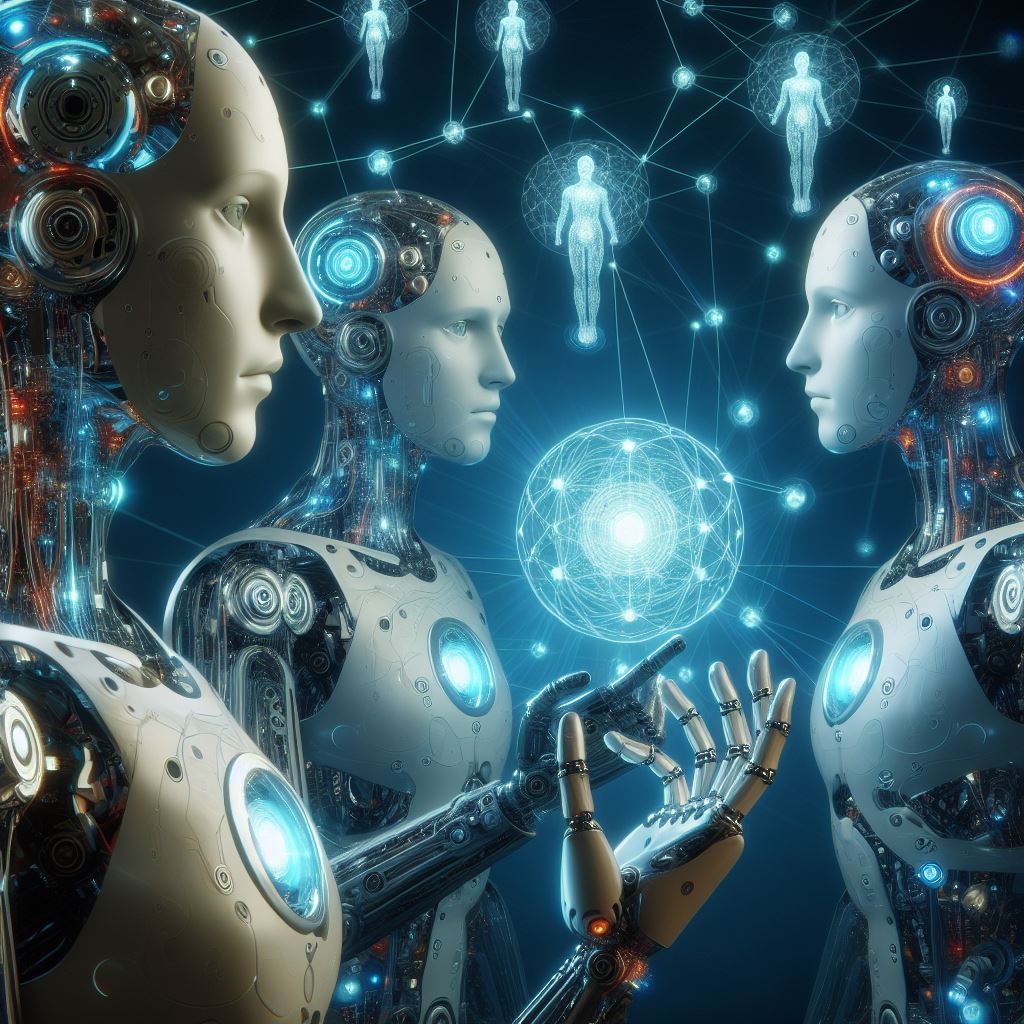The realm of human interaction is a complex dance of subtle cues, mirrored expressions, and unspoken understanding. Social synchrony, the act of aligning our behaviors and emotions with those around us, forms the bedrock of this intricate social dance. It fosters connection, empathy, and cooperation – qualities that have long been considered uniquely human. However, a recent study published in Science Robotics [Science Robotics, 2024] challenges this notion. Researchers have developed a neural network-based system that allows humanoid robots to learn and exhibit social synchrony during interaction with humans. This breakthrough has significant implications for the future of human-robot interaction (HRI), prompting us to re-evaluate the boundaries between human and machine in the social domain.
The study, led by Dr. Yuhang Hu of the University of Glasgow, focused on facial expressions – a key channel for conveying emotions and social cues. The researchers designed a humanoid robot equipped with cameras to capture human facial expressions and a neural network trained to recognize these expressions in real-time. The network then generated corresponding facial expressions on the robot, creating a form of mirrored co-expression.
The results were promising. When interacting with human subjects, the robots employing the neural network exhibited significantly higher levels of social synchrony compared to robots without this system. The human participants reported feeling a greater sense of connection and rapport with the robots that displayed co-expression [Science Robotics, 2024].
This research holds immense potential for various HRI applications. In healthcare settings, robots equipped with social synchrony capabilities could provide more empathetic and engaging care for patients, particularly those experiencing social isolation or emotional distress. Educational robots could adapt their communication style to individual students, fostering a more personalized and effective learning environment. In customer service roles, robots with social synchrony might build stronger rapport with clients, leading to improved satisfaction and trust.
However, significant challenges remain before widespread adoption becomes a reality. The current system relies heavily on facial expressions, limiting its effectiveness in situations where these cues are absent or ambiguous. Additionally, cultural variations in social synchrony pose a challenge. A robot calibrated for Western social norms might misinterpret cues in Eastern cultures, leading to awkward interactions.
Furthermore, ethical considerations surrounding the use of social synchrony in robots require careful exploration. Should robots be programmed to always mirror human expressions, even negative ones? Could inauthentic or manipulative use of social synchrony by robots lead to feelings of deception or distrust amongst humans? Open and transparent discussions about these concerns are crucial for responsible development and deployment of this technology.
Beyond the technical hurdles, the very notion of robots replicating social synchrony raises intriguing questions about the nature of human connection. Social synchrony is not merely a mechanical mirroring of behavior; it is a nuanced interplay of emotions, intentions, and shared experiences. Can a machine, devoid of these internal states, truly replicate this human capacity? Or is social synchrony, in its essence, an irreducibly human phenomenon?
Future research must delve deeper into these questions. Can neural networks be refined to capture the subtle nuances of human emotional states and social context? Can robots be programmed to not just mirror, but also understand and respond to these cues in a way that fosters genuine connection?
The quest to imbue robots with social synchrony represents a significant step forward in HRI. While technical and ethical challenges abound, the potential benefits for human-robot collaboration and communication are undeniable. As we move forward, a critical and nuanced approach is necessary. We must strive to develop robots that not only mimic human behavior, but also contribute meaningfully to the intricate dance of social interaction.
Photos credit: René Cortin – Flickr – Wikimedia Commons


